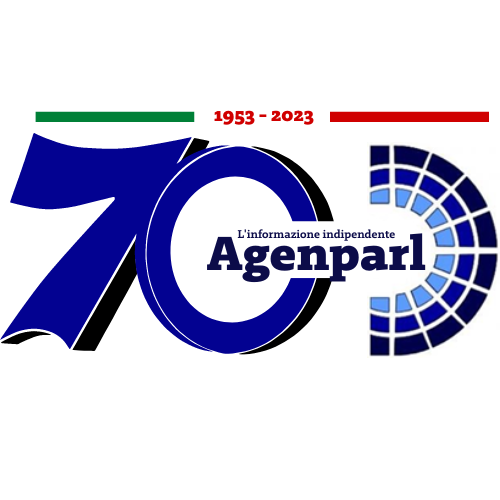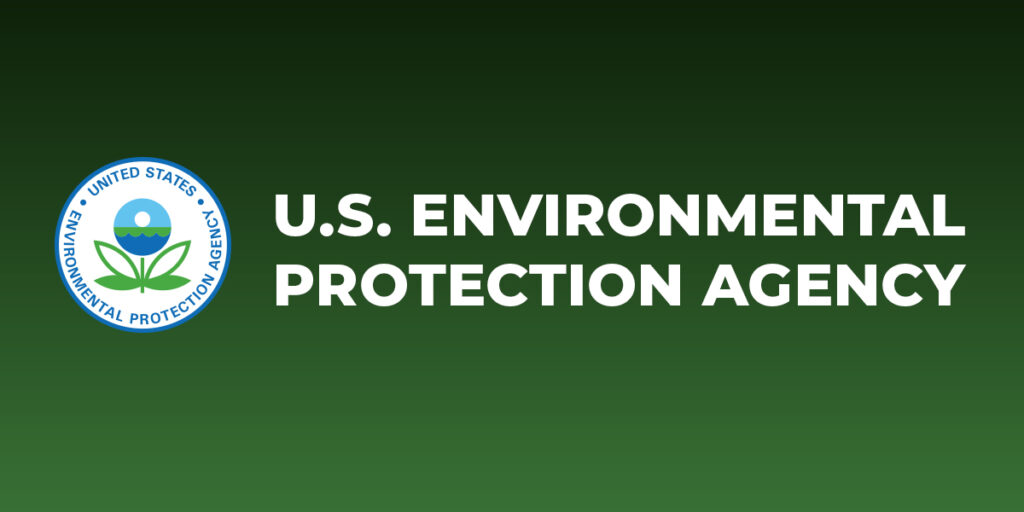 (AGENPARL) - Roma, 19 Ottobre 2023
(AGENPARL) - Roma, 19 Ottobre 2023(AGENPARL) – gio 19 ottobre 2023 Issued: Oct 19, 2023 (12:23pm EDT)
If you wish to unsubscribe please do so
here: http://url6130.epa.mediaroom.com/ls/click?upn=-2BroytcZInNRyuFbAvAoN5aMEQDHIx2RtQl0jT-2FwLgZHafJKm-2F7NYrsKNAZH88rhd98aG2o5sSGIX8iVgGgXwOczi8WNFU0a7GLvUAvQ8R0RGX5bAZ9mjh1NYnKAGekGpN-xm_mLoYh0p4AWg4foFr5HgrZ1QioQ33bLwdnQ-2BsYGKFX9mApcfdQmv0-2Bvkdf9kq-2BlYjGjxExHn3cUgkPQsFMBMEKYAaKPfpzlIiNqx0JtThDiqTP06V3kmVAmvsOxDPfqCCaq-2F5l3m2yF1suUZtKkHRjmCCvjmBrqMtiXRxLIVEWLSD3ivfhHwnepcLM4f-2BsYV-2BXDB4YQHdR4vLKCPtm3kc363RZKrBj1aKYyf1fk6-2BOz3Gm0ZDS24UlNztv9k1q2tGdFPvKNR3qORHhc5uXXDwcA-3D-3D
EPA Releases New Food Waste Reports
Reports reveal the impacts of food waste on landfill methane emissions and
provide updated recommendations for managing food waste.
WASHINGTON (October 19, 2023) –- Today, the U.S. Environmental Protection
Agency released two new reports quantifying methane emissions from landfilled
food waste and updating recommendations for managing wasted food. Over
one-third of the food produced in the United States is never eaten, wasting
the resources used to produce, transport, process, and distribute it – and
much of it is sent to landfills, where it breaks down and generates methane, a
powerful greenhouse gas.
“Wasted food is a major environmental, social, and economic challenge,”
said EPA Administrator Michael S. Regan. “These reports provide
decision-makers with important data on the climate impacts of food waste
through landfill methane emissions and highlight the urgent need to keep food
out of landfills.”
The reports’ findings emphasize the importance of both reducing the amount
of food that is wasted and managing its disposal in more environmentally
friendly ways. Based on these findings, EPA is releasing an update to its Food
Recovery Hierarchy, a tool to help decision makers, such as state and local
governments, understand the best options for managing food waste in terms of
environmental impacts. The release of the new ranking – called the Wasted
Food Scale – marks the first update since the 1990s, reflecting more recent
technological advances and changes in operational practices. EPA’s research
confirms that preventing food from being wasted in the first place, or source
reduction, is still the most environmentally beneficial approach. Evidence in
these reports suggests that efforts should focus on ensuring less food is
wasted so that food waste is diverted from landfills, which will reduce
environmental impacts.
The research announced today represents the first time EPA has quantified
methane emissions from landfilling. This novel work published modeled
estimates of annual methane emissions released into the atmosphere from
landfilled food waste, giving a cost of landfilling food waste in terms of the
impact on climate change. EPA conducted an analysis to estimate annual methane
emissions from landfilled food waste from 1990 to 2020 and found that while
total emissions from municipal solid waste (MSW) landfills are decreasing,
methane emissions from landfilled food waste are increasing. These estimates
indicate that diverting food waste from landfills is an effective way to
reduce methane emissions, a powerful greenhouse gas, from MSW landfills.
EPA reports being released today include:
• “From Field to Bin: The Environmental Impacts of U.S. Food Waste
Management Pathways,” which examines the environmental impacts of disposing
of food waste. This report synthesizes the latest science on the environmental
impacts of how food waste is commonly managed in the U.S. This report
completes the analysis that began in the 2021 companion report, “From Farm
to Kitchen: The Environmental Impacts of U.S. Food Waste,” which analyzed
the environmental footprint of food waste in the farm to consumer supply
chain.
• “Quantifying Methane Emissions from Landfilled Food Waste” represents
the first time EPA has published modeled estimates of annual methane emissions
released into the atmosphere from landfilled food waste. More food reaches MSW
landfills than any other material, but its contribution to landfill methane
emissions has not been previously quantified.
The reports released today will support future EPA efforts to reduce food
waste. EPA’s food waste research provides a better understanding of the net
environmental footprint of U.S. food waste.
Learn more about EPA’s food waste research and sustainable management of
food work:
• Food waste research information.
• Sustainable management of food information.
Learn more about what you can do to reduce wasted food in your home:
• Preventing wasted food at home information.
To unsubscribe or change your settings click here:
http://url6130.epa.mediaroom.com/ls/click?upn=-2BroytcZInNRyuFbAvAoN5aMEQDHIx2RtQl0jT-2FwLgZFdW2WYdzQmaasDKJ3YChU3mCJJYpNt36AB6spXdI-2FOCx3Y2iG4K-2F6JNz5UxVH5C8oFninDwNz6hPvK5ttRhIACRgANPrRxJZDNafqwKnh9wg-3D-3Dz1p0_mLoYh0p4AWg4foFr5HgrZ1QioQ33bLwdnQ-2BsYGKFX9mApcfdQmv0-2Bvkdf9kq-2BlYjGjxExHn3cUgkPQsFMBMEKYAaKPfpzlIiNqx0JtThDirB2Q19b9c7Hw9ImotSpasbxVLyOEGnn-2FsATATkOOhRN2nKqTYfhqFfLWlSODOtLCkqV64qeIBoha0VzX-2FxqFdE8NxRFWFc8-2F-2FlArWJxb-2FMigV-2BwPo-2F1wD9H4lWFZdi9sUqMBbivGuMBxUbiVHvuP-2FoMJycrMHprE5jYBHG4Ah-2FRQ-3D-3D

